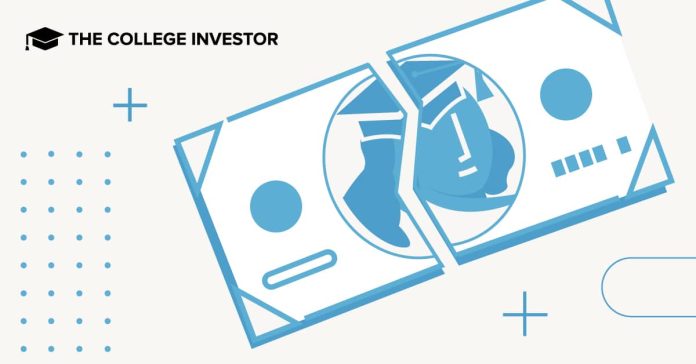- Borrowers are currently unable to re-certify their income for existing repayment plans, causing payments to spike to Standard 10-Year Repayment Plan amounts.
- Forbearance may be available, but it pauses progress toward forgiveness.
- Mass layoffs at the Department of Education raise concerns the issue may not be resolved timely.
Thousands of student loan borrowers are experiencing huge payment increases after being unable to re-certify their income for income-driven repayment (IDR) plans. This issue stems from a court ruling that blocked the SAVE repayment plan and a subsequent decision by the Department of Education to halt all income-driven repayment processing.
While sources familiar to the situation have said that income-driven recertification deadlines will be extended, that hasn’t happened yet.
Now, borrowers are seeing their monthly bills jump to amounts based on the Standard Repayment Plansometimes increasing by hundreds (or thousands) of dollars. We’ve been seeing reports on Reddit and other social media channels
Others are being told their only option is forbearancewhich temporarily pauses payments but also stops progress toward loan forgiveness programs such as Public Service Loan Forgiveness (PSLF).
With the Department of Education slashing its workforce by 50% this weekborrowers are reporting long wait times to speak to a representative, conflicting information from loan servicers, and few options to fix their accounts.
Why Payments Are Increasing For Some Borrowers
Income-driven repayment plans allow borrowers to make monthly payments based on their income. To stay in these plans, borrowers must re-certify their income annually by re-submitting the income-driven repayment application.
Normally, if a borrower misses their recertification deadline, their monthly payment is automatically changed to the Standard Repayment Plan amount, which results in a much higher payment. But the current processing freeze has left borrowers unable to re-certify at all, meaning some borrowers are being pushed into higher payments through no fault of their own.
While some borrowers are seeing their re-certification deadlines pushed forward (like many sources are saying will happen), others have already missed the deadline over the last three weeks and are now facing unaffordable monthly payments.
What Borrowers Can Do Today
It’s important to remember that this issue specifically impacts borrowers on IBR, ICR, and PAYE. Borrowers on SAVE are already in forbearance pending the outcome of the ongoing litigation.
For borrowers in IBR, ICR, and PAYE, the options depend on when their re-certification deadline is. Borrowers can find this by logging into their loan servicer’s account at StudentAid.gov.
With income-driven repayment applications currently unavailableborrowers have a few options:
- Check with loan servicers about recertification extensions: Some borrowers may have their deadlines moved forward, allowing them to stay on their existing payment plan. We expect more deadlines to shift.
- Request a forbearance: This will temporarily pause payments, but it will not count toward PSLF or other loan forgiveness programs.
- Monitor for updates: The Department of Education has not provided a timeline for restoring income-driven repayment applications, but borrowers should watch for changes.
While these options aren’t ideal, they may help borrowers avoid default or financial hardship until the system is restored.
Don’t Miss These Other Stories:
IDR Recertifications To Be Extended During Processing Pause
10 Best Free Checking Accounts In March 2025
10 Best Short-Term Investments And Strategies
Create your very own Auto Publish News/Blog Site and Earn Passive Income in Just 4 Easy Steps







